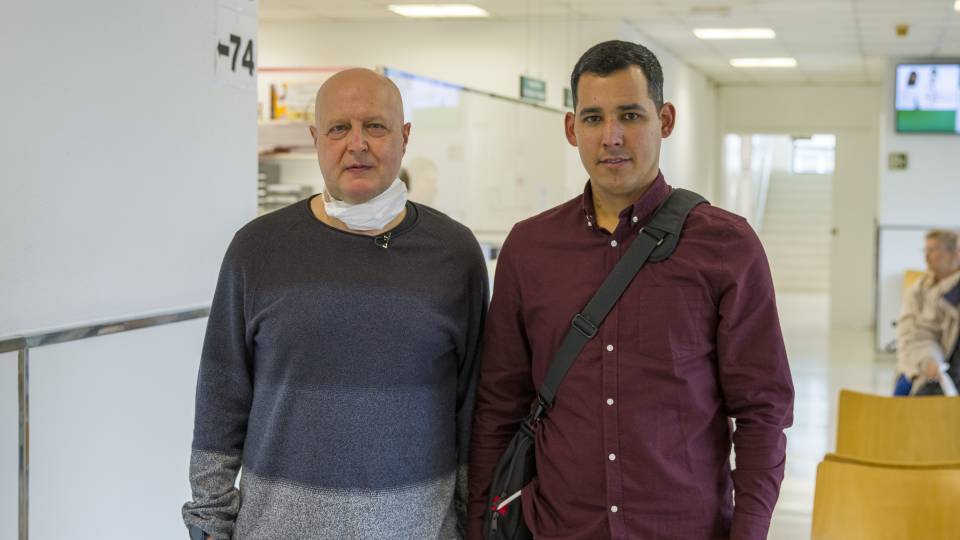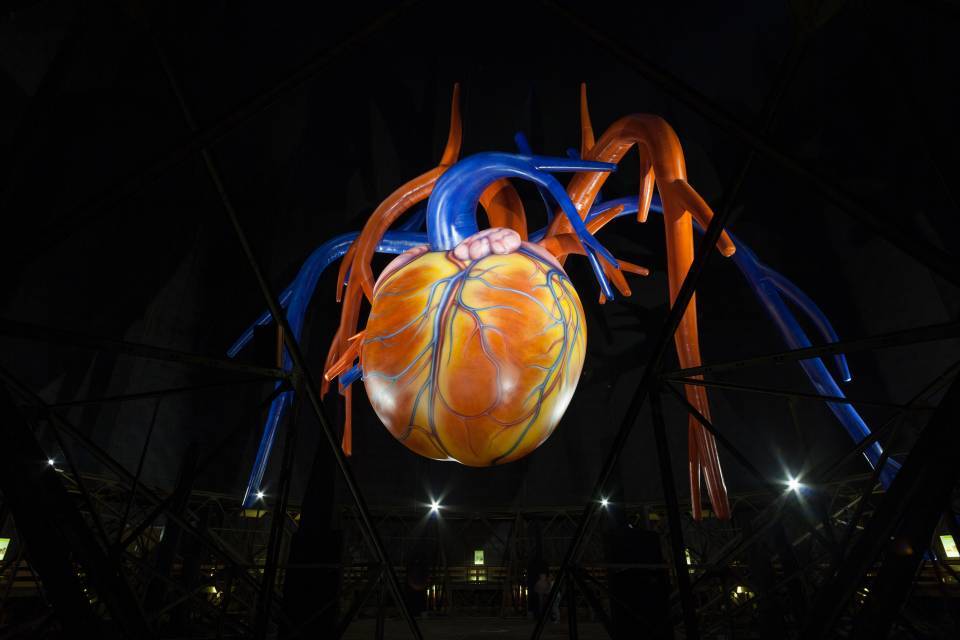Unit of Presentation of the Heart Failure
The Heart Failure Unit (UIC) is a multidisciplinary unit at the Hospital Clínic Barcelona, which coordinates professionals from various areas and care levels who participate in the diagnosis and treatment of this disease.
The Unit was created in 1998, coinciding with the start of the heart transplant programme at the Hospital Clínic Barcelona. During its development, the UIC has grown both within the hospital and beyond: on the one hand, the multidisciplinarity and coordinated work with multiple specialties at the Clínic have increased. On the other, ties have been strengthened with Barcelona’s primary care centres (Barcelona Esquerra Integrated Health Area, AISBE), with hospitals in its area of influence, and with other centres across the country. New technologies have been incorporated into the treatment of heart failure: from remote monitoring with defibrillators and pulmonary artery pressure sensors, to the implantation of short- or long-term mechanical ventricular assist devices.
The work is carried out through the coordination of 15 departments and 11 institutes, with up to 50 professionals, including doctors, nurses, biologists, and a geneticist.
Each year, there are approximately 1,400 A&E visits for heart failure, and about 1,300 hospital admissions for heart failure, primarily in cardiology, internal medicine, geriatrics, and home hospitalization. Some 4,000 outpatient medical appointments take place, between the day hospital and the outpatient clinic, and around 2,000 specialized nurse visits. People with heart failure can be cared for in different facilities at the centre, depending on the stage of their disease and its complexity. Within the Unit, there are teams dedicated to specific entities, such as cardiorenal syndrome, cardiomyopathies, pulmonary hypertension, congenital heart disease, cardio-oncology, heart transplantation, ventricular assist devices, and palliative care.
The main aims of the UIC are:
- To work on the prevention, diagnosis, and treatment of heart failure (HF), on a longitudinal axis (from gestation to old age), and a transversal axis (across different facilities and work teams).
- To ensure the highest quality of care.
- To coordinate the different healthcare professionals involved in heart failure, both in-hospital and out-of-hospital.
- To facilitate heart failure patient transitions between different care settings, both in and out of hospital.
- To promote teaching and continuing education for professionals who care for people with heart failure.
- To incorporate the perspective of people with heart failure into the Unit's activities.
- To facilitate clinical research in the field of heart failure.
Diseases, tests and procedures
Meet our professionals
The Heart Failure Unit is made up of several professionals from different areas and care levels who participate in the treatment of this disease.


